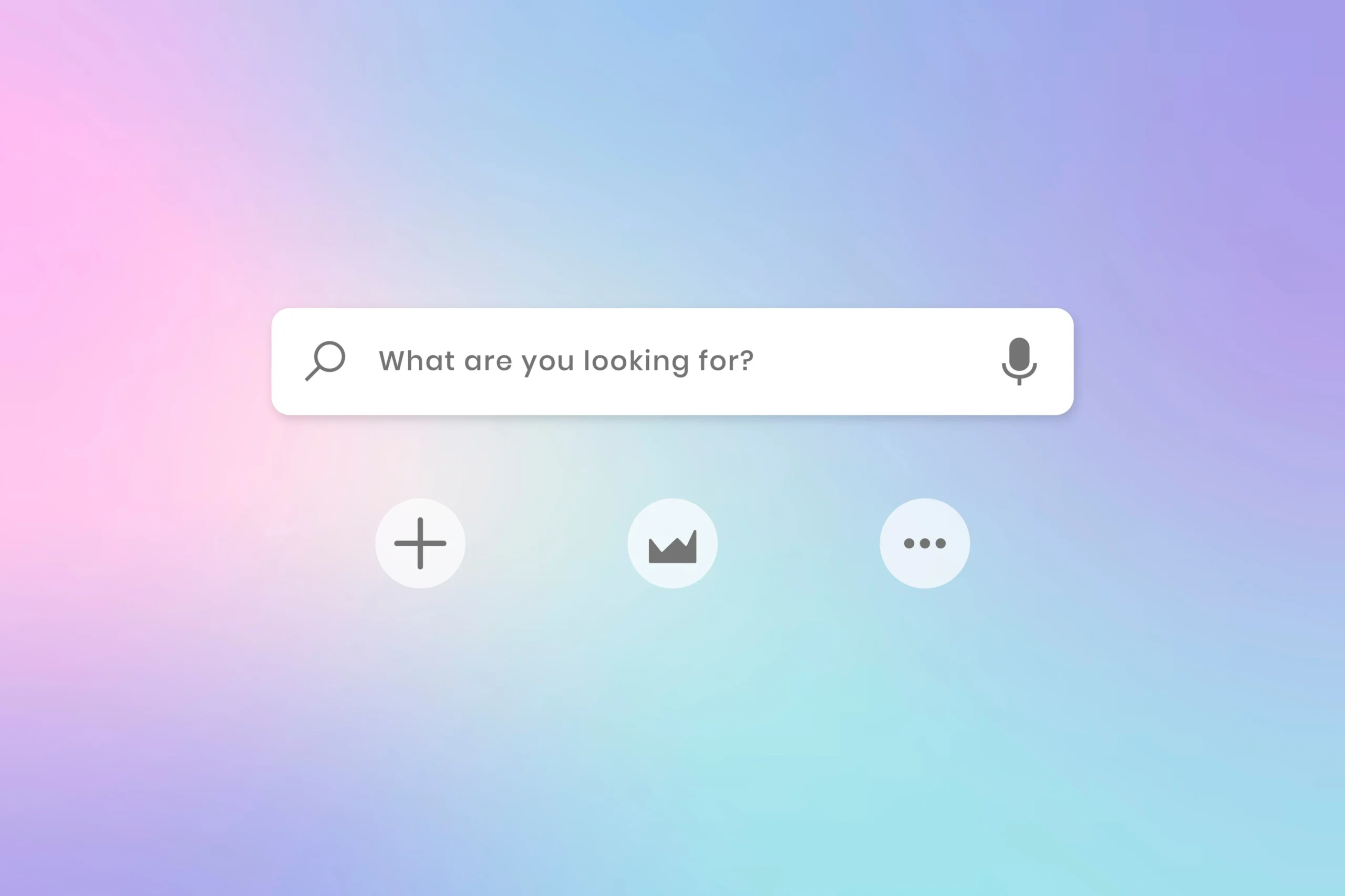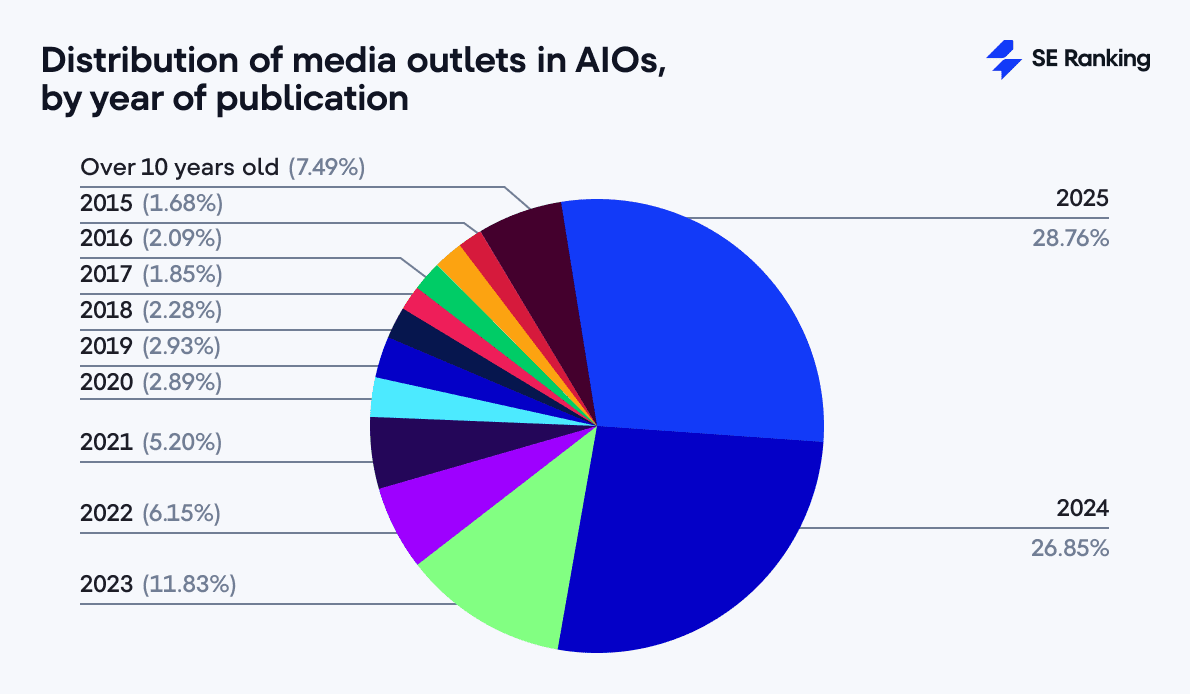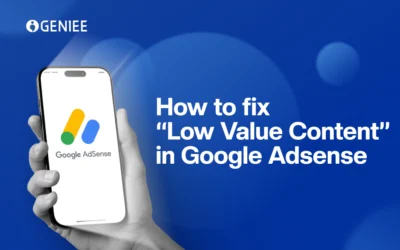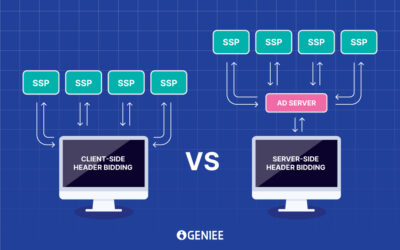Google’s AI Overviews, alongside the more recent introduction of AI Mode, has raised significant concerns among publishers and site owners. How will AI overviews change SEO? Have traditional SEO practices gone out of style? How to stay visible in an increasingly competitive digital landscape?
In this article, let’s break down the key strategies in AI overviews SEO. With these recommendations, organizations can turn changes in the industry and in customer behaviors into opportunities, not obstacles.

AI overviews SEO strategies – Important notes
As discussed in Geniee’s previous articles, when it comes to adapting to AI overviews, there are a few important reminders:
- Traditional SEO practices remain important.
- LLM-friendliness is a new requirement for site’s content and technical quality
- Content quality should be prioritized instead of only rankings
- Boosting presence on LLMs’ commonly used sources is another essential practice
Read more about these practices here.
The section below will translate these recommendations into the specific steps that publishers and site owners can follow and apply to their current resources.
How to show up in AI Overviews: Key actions to take
Evaluating the impact of AI overview on website performance
The first step is to understand how far AI has influenced a website’s performance. Site owners can export data from Search Console since the introduction of AI overviews (May 2024) and monitor key metrics such as clicks, impressions, and rankings.
This can be done by exporting 18 to 24 months of Search Console data, focusing on clicks, impressions, and rankings to reveal patterns such as:
- Changes in keyword intent
- New competitors appearing
- Drops in traffic
- Changes in time-on-page
Making sure the website is accessible to search engines
Technical accessibility is a critical factor in AI overviews SEO. If the crawlers of traditional search engines and the bots providing data for AI models cannot see one’s content, the content effectively does not exist.
Ensuring a site’s crawlability involves reviewing elements such as robots.txt files, XML sitemaps, canonical tags, and rendering processes. For sites that rely on JavaScript, it is necessary to confirm that the complete content is visible to search engines.
In addition, publishers must also audit their sites’ indexability. Affected pages may have been unintentionally excluded through no index tags, blocked resources, or unnecessary redirects. Clear internal linking ensures that these pages remain visible and connected within the site structure.
Equally important is the visibility of the content itself. The content displayed to users should match the version accessible to crawlers. Structured data, metadata, and on-page elements must be consistent and complete in order to provide both clarity and authority.
Afterwards, publishers should still maintain continuous monitoring of traffic and rankings on a weekly basis to see whether improvements are taking effect.
Structuring and optimizing content for AI Overviews SEO
When information is organized clearly, AI systems are able to process it more effectively. This increases the chances of being included in AI Overviews.
How can publishers make their content well-structured?
Being straightforward by providing primary answers early
Direct, concise answers placed at the beginning of an article improve the likelihood of being included in AI Overviews. When the core response is made explicit upfront, AI systems can immediately identify and prioritize it.
Most notably, definition sections perform particularly well in AI Overviews SEO. Posing a question in a heading such as “What is [X]?” followed by a short, two to three paragraph explanation creates a format that AI systems consistently reference.
Breaking content into clear segments
Short paragraphs of two to three sentences improve readability and reduce cognitive load. Content that is concise and neatly segmented is easier for both humans and AI to scan.
Presenting information in lists
Bullet points or numbered lists help group related information in a way that aligns with how AI systems extract and repurpose content. This simple format is frequently reused directly in AI-generated responses.
Applying proper heading structures
A logical flow of H1 to H6 tags clarifies relationships between topics and subtopics. This signals to AI systems which parts of the content are most important and how they connect to supporting details.
Supporting text with multimedia
Relevant images, videos, and infographics strengthen the written content and provide additional context. Visual elements not only aid comprehension for readers but also signal richness and completeness to AI systems.
Highlighting key elements
Strategic use of emphasis tags, such as <strong>, draws attention to the most important information. Highlighted text often becomes the focal point when content is extracted into snippets or AI-generated responses.
Summarizing key takeaways
Summary sections provide quick overviews of the main insights and serve as ready-made snippets for Google Search and AI Overviews. By restating essential points at the end, the content reinforces its authority and creates multiple entry points for visibility.
Creating helpful and user-first content
Google prioritizes material that is helpful, reliable, and written for people first, rather than content designed only to satisfy algorithms. Therefore, when optimizing for AI overviews SEO, publishers’ content should meet the same standards by delivering perspectives, insights, or data not easily found elsewhere.
This is particularly important in AI-driven search, where users often pose longer and more specific questions, along with follow-ups. As a result, content that demonstrates expertise and maintains a people-first orientation aligns naturally with what both users and search systems seek.
Additionally, collecting authentic customer reviews and user-generated content adds credibility. Google often references these real experiences in search results.

Keeping content fresh
Although AI Overviews continue to reference older pages, regularly updated content tends to attract more engagement and visibility. Research shows that the majority of citations in AI Overviews come from posts published in 2025 (28.76%) and 2024 (26.85%), with another 11.83% originating from 2023. In contrast, only 12.32% of cited sources were published within 30 days of parsing, indicating that freshness alone is not the deciding factor.
This pattern suggests that AI Overviews value a balance between recency and reliability. Content that is live long enough to establish trust, but updated often enough to remain relevant, has the strongest chance of being cited.

Image source: SE Ranking
Providing a great page experience
High-quality content delivers its full value only when paired with a smooth and accessible page experience.
A strong page experience means that content is displayed effectively across all devices, loads quickly, and presents information clearly. Main content should be easy to distinguish from surrounding elements such as ads or secondary links. When these factors are in place, both visitors from traditional search results and those arriving through AI-driven experiences are more likely to remain engaged and satisfied.

Adapting for long-term success in an AI-driven search era
To optimize for AI overviews SE, apart from traditional practices, visibility now depends on many new factors. Rather than treating AI Overviews as a threat, forward-looking publishers can leverage its features and preferences to strengthen content quality and expand their reach.




0 Comments